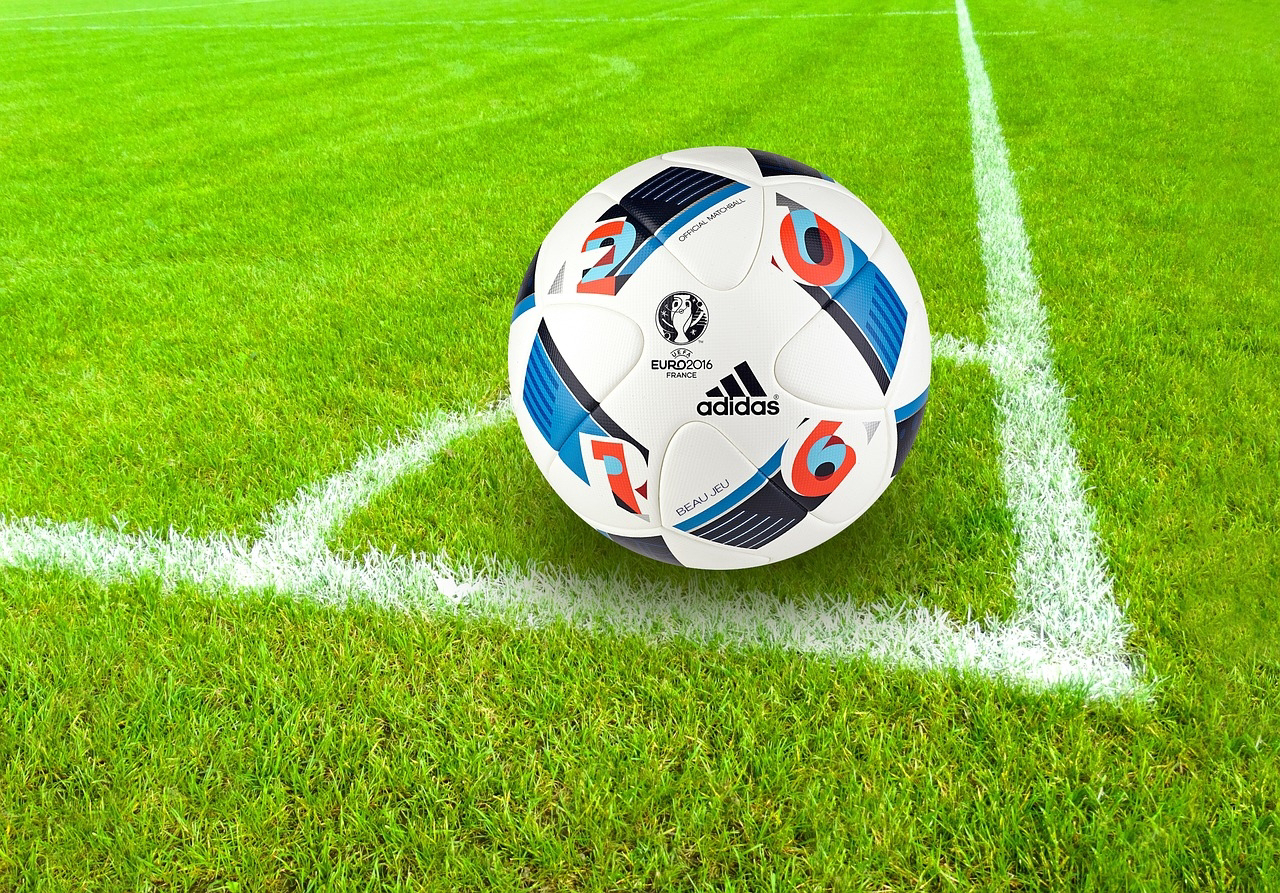1. FIFA Ballon d'Or: The FIFA Ballon d'Or, now known as The Best FIFA Men's Player, is awarded annually by FIFA (Fédération Internationale de Football Association) to the best male football player in the world. It takes into account performances from January to December of each year.
2. FIFA Women's World Player of the Year: Similar to the Ballon d'Or, the FIFA Women's World Player of the Year, now known as The Best FIFA Women's Player, is awarded annually to the best female football player globally.
3. UEFA Men's Player of the Year: The UEFA Men's Player of the Year award recognizes the best male player in European football. It is presented by the Union of European Football Associations (UEFA) based on performances in UEFA competitions and domestic leagues.
4. UEFA Women's Player of the Year: The UEFA Women's Player of the Year award is given to the top female player in European football. It honors outstanding performances in UEFA competitions and domestic leagues.
5. Ballon d'Or Féminin: The Ballon d'Or Féminin is a prestigious award presented by France Football magazine to the best female football player worldwide. It was first introduced in 2018.
6. Golden Foot: The Golden Foot is an award given to a football player over the age of 28 for their outstanding career achievements. The recipient's footprint and signature are immortalized on the Champions Promenade in Monaco.
7. Puskás Award: The FIFA Puskás Award recognizes the most beautiful or best goal scored by a player each year. Fans around the world vote for their favorite goal, and the winner is announced at the FIFA Best Awards ceremony.
8. Golden Glove: The Golden Glove award is presented to the best goalkeeper of the FIFA World Cup tournament. It recognizes the outstanding performances and contributions of the goalkeepers throughout the competition.
9. Golden Boot: The Golden Boot award is given to the top goal scorer of the FIFA World Cup. It acknowledges the player who scores the most goals in the tournament.
10. European Golden Shoe: The European Golden Shoe is awarded annually to the top goal scorer across the major domestic leagues in Europe. The winner is determined based on a points system that takes into account the league's strength.
These are just a few of the many awards in football. Different football associations, leagues, and organizations have their own individual awards to honor outstanding performances in specific competitions or regions.











